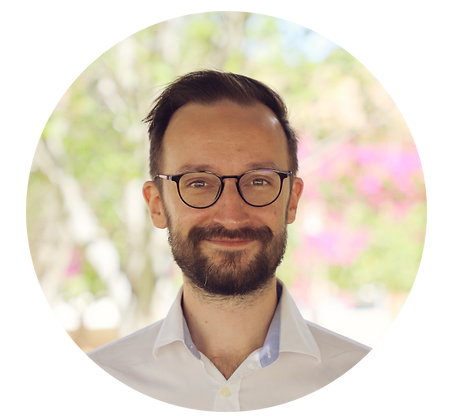关于举行西班牙阿利坎特大学Nestor Guijarro教授学术报告的通知
报告题目:Water, Carbon Dioxide, Biomass… on How Photo(electro)catalytic Systems Could Turn Abundant Resources into Sustainable Feedstocks for Industry
报 告 人:Nestor Guijarro 教授(西班牙阿利坎特大学)
邀 请 人:姚亮 教授
报告时间:2023年10月9日(周一)下午15:00-16:30
报告地点:北区发光材料与器件国家重点实验室502会议室
内容摘要:
Roughly 95 % of the hydrogen consumed in Europe and over 95% of organic chemicals still rely on fossil resources. Therefore, finding alternative resources and clean technologies to mine those chemicals is instrumental to secure a sustainable chemical industry. The prospects of sourcing hydrogen from water and upcycling carbon dioxide and lignocellulosic biomass into chemical commodities and fine chemicals has paved the way for the advent of a new generation of technologies and concepts in this chemical space. Among them, (photo)electrochemical and photocatalytic approaches have gained in recent years capitalizing on their scalability, competitive performance and low-cost. To date, however, these technologies still remain at an early stage of development displaying conversion efficiencies below the expectations. A better understanding of the fundamental processes that govern the catalytic transformations at the reactive interface, together with innovative manufacturing protocols to engineer the materials holds the key to rationally advance these promising technologies.
In this talk, we will discuss our most recent progress in the fields of photoelectrochemical (PEC) water splitting and carbon dioxide conversion, as well as new electrochemical and photocatalytic platforms for biomass valorization. Firstly, we will describe various methodologies to improve the performance of photoelectrodes (chalcogenides, metal oxides) for solar water splitting while identifying the key processes that limit the catalytic response. Likewise, we will show the prospects of driving the PEC CO2 conversion directly at the semiconductor-liquid interface when using chalcopyrite electrodes and how the nature of the solvent dictates the response. Secondly, we will present various photocatalytic reactors, based on semiconductor nanocrystals and photoredox systems, capable of driving the selective fragmentation of lignocellulosic biomass into simple aromatics. In addition, electrochemical reactors for lignin valorization will be presented including a detailed mapping of the catalytic activity – composition relationships of the electrodes.
个人简介:

Prof. Nestor Guijarro (NG) is a Ramon y Cajal Research Professor at the University of Alicante (Spain) within the Institute of Electrochemistry, where he leads the Advanced Solar Schemes and Electrochemical Technologies (ASSET) labs. NG earned his PhD (2013) in Material Science at the University of Alicante exploring the emerging field of quantum-dot sensitized solar cells (QDSSCs). For instance, and in collaboration with the groups of Prof. Haque (Imperial College London, UK) and Prof. Toyoda and Prof Shen (University of Electro-Communications, JP), NG established the critical role that the QDs’ deposition method played on the performance of the QDSSCs. Later on, NG joined the group of Prof. Sivula at the École Polytechnique Fédérale de Lausanne (EPFL) to develop a new generation of solution based photoelectrodes for solar water splitting and of low-cost photovoltaics. Here, NG pioneered several routes to fabricate benchmarking materials for solar hydrogen and oxygen production, CO2 conversion, and deployed an assortment of spectroelectrochemical tools that have shed light on the processes that control the photoelectrochemical response of state-of-the-art and novel semiconductor electrodes. In 2020, NG joined the University of Alicante as a Ramon y Cajal Research professor. Since then, NG has led various projects pursuing to turn biomass into drop-in chemicals, and the development of a new generation of photoelectrochemical devices for solar chemical conversion, among others. NG has been recipient of prestigious fellowships and grants, such as the Marie Curie fellowship (2012, project COCHALPEC), Ambizione Energy grant (2016) and ERC Starting grant (2020, project RELICS), and his ongoing work has been recently nominated for the Falling Walls award.


